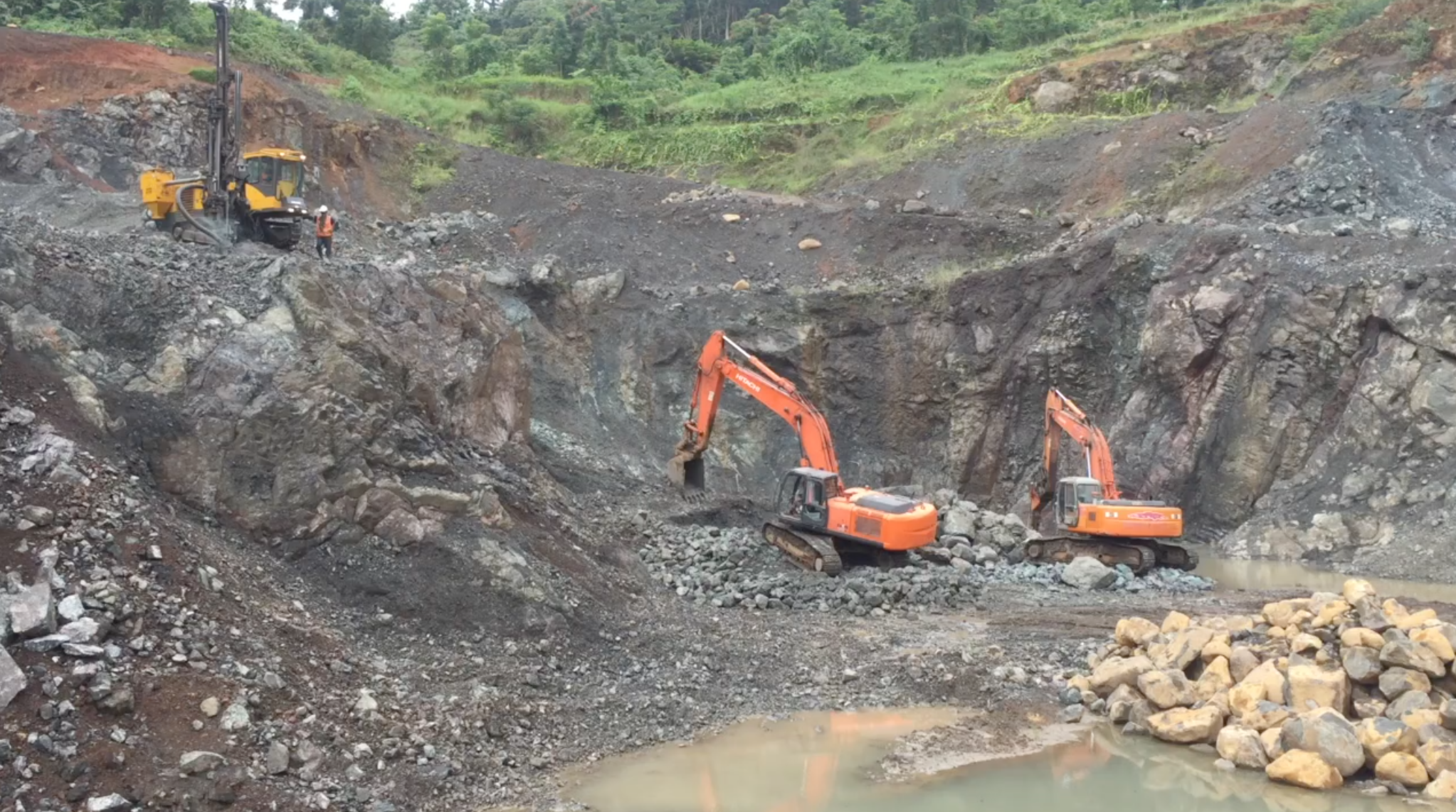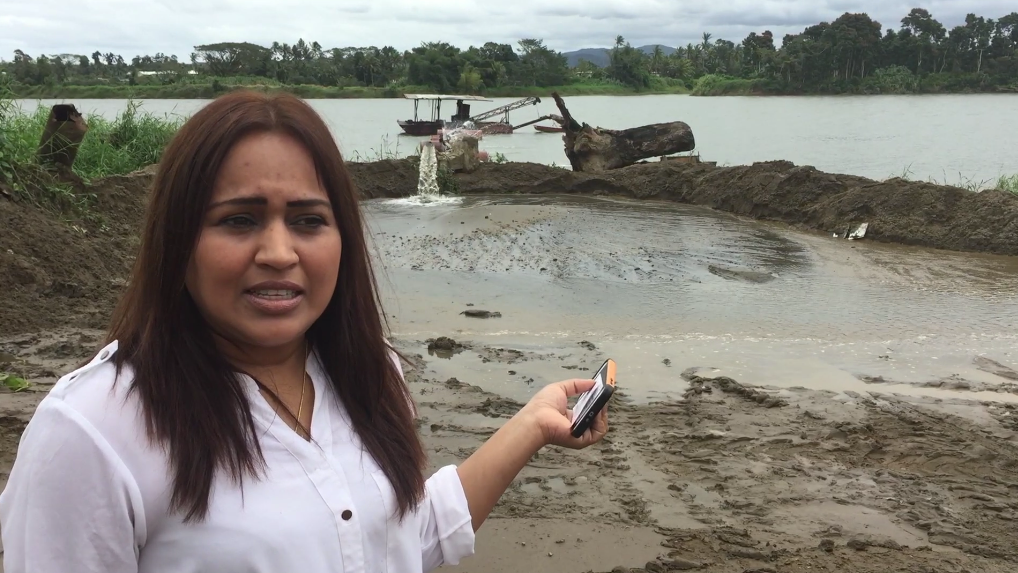Demand for quarried materials has skyrocketed in Fiji. Natural disasters, like Severe Tropical Cyclone Winston, and a tenfold increase in road funding over the past decade, have led to surging demand and a doubling of the number of the nation's hard-rock quarries. Of the 68 active mineral extraction sites in Fiji: 43 are river gravel/sand dredging sites, 23 are quarries, and just two are for high-value minerals (1 gold and 1 bauxite).
According to the Fiji Roads Authority more than 500,000 cubic metres of stone is needed in 2016-2017 to build Fiji's roads, bridges and jetties and to protect Fiji's coasts. Of Fiji's $600m annual road budget, around $35-$40m will be spent on sourcing stone.
For small quarry and dredging businesses to succeed in Fiji, they need more than simply strong demand for their products. The sector requires support in the areas of business development, marketing, access to finance, quarry management and access to geological data.
Moreover, to ensure that the extraction of sand, gravel and stone meets high standards in the areas of environment, community, Mataqali relations, and health and safety, guidance and oversight are needed. For example, some river dredging sites in Fiji have faced the problems of river bank erosion, river turbidity (where sediment gets suspended in the water and can cause environmental and river navigation challenges), and conflicts with other river users, such as tour operators.

























